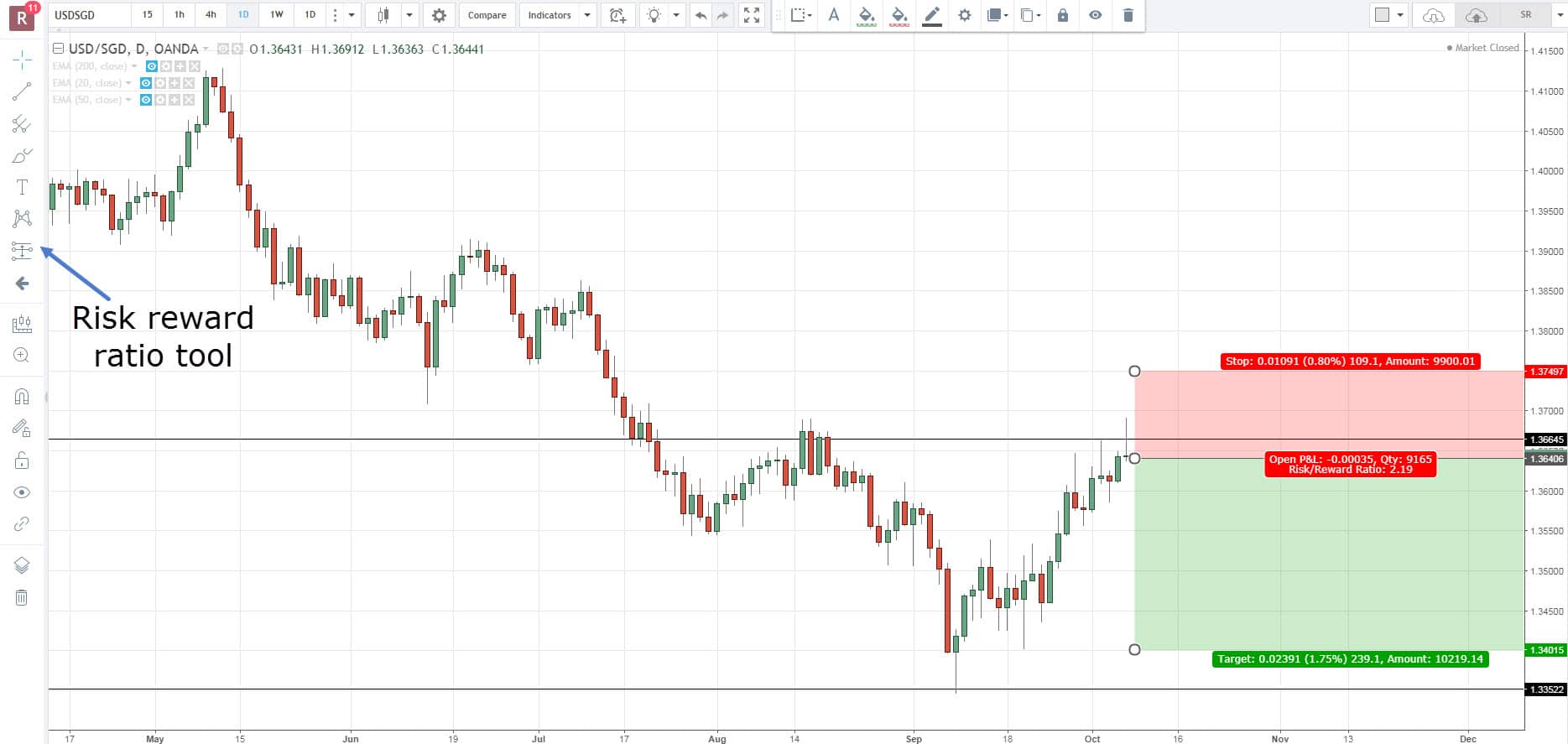Did you know that institutional traders often have more strategies for managing risk than your average superhero has gadgets? In the fast-paced world of day trading, understanding how these professionals navigate risk is crucial. This article explores how institutional traders identify and mitigate risks, from employing stop-loss orders to utilizing technology and hedging strategies. We delve into the importance of diversification, monitoring key risk metrics, and adapting to market volatility. Moreover, we discuss how regulations and risk-reward ratios influence their trading decisions. Join us as we uncover the sophisticated methods institutional traders use to safeguard their investments and prepare for unexpected market movements, brought to you by DayTradingBusiness.
How Do Institutional Traders Identify Risks in Day Trading?
Institutional traders identify risks in day trading by analyzing market volatility, monitoring order flow, and using advanced algorithms to detect sudden price swings. They assess liquidity levels and set predefined stop-loss and take-profit points to limit losses. They also evaluate news and economic data that could impact prices and employ real-time risk management tools to adjust positions instantly. This proactive approach helps them manage risks effectively during fast-paced trading sessions.
What Strategies Do Institutions Use to Limit Losses?
Institutions limit losses during day trading by setting strict stop-loss orders, using position sizing to control exposure, and employing real-time risk monitoring. They diversify trades to avoid overconcentration, implement automated trading systems for quick execution, and adhere to predefined risk-reward ratios. These strategies help control downside risk and protect capital amid market volatility.
How Do Institutional Traders Use Stop-Loss Orders?
Institutional traders use stop-loss orders to limit losses quickly during day trading by setting predefined exit points on their positions. They place these orders to automatically sell assets if prices drop to a certain level, protecting large portfolios from sudden market swings. This helps manage risk effectively, ensuring they don't incur catastrophic losses in volatile markets. They often use tight stop-losses for quick exits and adjust them dynamically as trades unfold.
What Role Does Diversification Play in Institutional Risk Management?
Diversification reduces institutional risk by spreading investments across different assets, sectors, or markets. It minimizes the impact of a poor performance in any single investment, helping stabilize returns during volatile day trading. For institutional traders, diversification acts as a safety net, balancing potential losses and maintaining overall portfolio stability amid rapid market movements.
How Do Institutional Traders Manage Market Volatility?
Institutional traders manage market volatility during day trading by using advanced risk management tools like stop-loss orders and position limits. They diversify their trades to spread risk and rely on real-time data and technical analysis to adjust quickly. They also employ hedging strategies, such as options or futures, to offset potential losses. Automated trading systems and algorithms help execute trades swiftly during volatile swings. Overall, they stay disciplined, monitor market news closely, and set predefined risk thresholds to protect capital.
How Do Institutional Traders Use Hedging During Day Trading?
Institutional traders hedge during day trading by using options, futures, and short positions to offset potential losses. They often hedge against market swings or specific stock risks by taking positions that counter their main trades. For example, they might buy put options on a stock they hold long to protect against a sudden drop or sell futures contracts to lock in prices. This risk management strategy helps limit volatility and preserve capital during rapid market moves.
What Risk Metrics Do Institutional Traders Monitor?
Institutional traders monitor risk metrics like Value at Risk (VaR), maximum drawdown, and profit and loss (P&L) limits. They also track volatility measures, beta, and exposure levels to different sectors or assets. Stress testing and scenario analysis help evaluate potential losses during market shocks. These metrics help them control risk exposure and protect capital during day trading.
How Do Institutional Traders Handle Sudden Market Movements?
Institutional traders manage risk during day trading by using tight stop-loss orders, adjusting positions quickly, and employing advanced algorithms. They hedge their trades with options or futures to protect against sudden market swings. They monitor real-time data closely and rely on sophisticated risk management systems to limit losses. When markets move sharply, they often reduce exposure or exit positions instantly to preserve capital.
What Is the Impact of Trading Volume on Institutional Risk?
Higher trading volume typically lowers institutional risk because it improves liquidity, allowing institutions to execute large trades without significant price swings. When volume is low, price gaps and slippage increase, raising the risk of unfavorable moves. Institutional traders monitor volume closely; during high-volume periods, they can adjust positions more confidently, reducing exposure. Conversely, low volume can lead to increased market impact and difficulty in exiting trades, heightening risk. Managing risk involves timing entries and exits around volume patterns to avoid sudden price shifts.
How Do Institutional Traders Balance Speed and Risk Control?

Institutional traders balance speed and risk control by using advanced algorithms and real-time data to execute trades quickly while setting strict stop-loss and position limits. They rely on automated systems to monitor market movements constantly, ensuring rapid response to volatility. Risk management protocols, like predefined risk thresholds, prevent overexposure. They also diversify trades across assets to spread risk and employ real-time risk analytics to adjust strategies instantly.
How Do Institutional Traders Use Technology to Manage Risks?
Institutional traders use advanced risk management software to monitor real-time market data, set automated stop-loss and take-profit orders, and diversify portfolios to limit exposure. They rely on sophisticated algorithms and algorithms to detect market shifts instantly and adjust positions accordingly. Risk dashboards provide a clear view of potential losses, enabling quick decisions. They also employ hedging strategies, like options or futures, to offset potential downturns. Automated trading systems help enforce strict risk parameters, reducing emotional trading and ensuring consistency during volatile day trading sessions.
Learn about How Do Institutional Traders Use Technical and Fundamental Analysis?
What Regulations Help Institutional Traders Reduce Risks?
Regulations like the SEC's rule 15c3-1 (net capital rule), FINRA rules, and SIPC protections limit leverage, ensure liquidity, and require risk management plans. These rules mandate minimum capital requirements, regular reporting, and segregation of client funds, helping institutional traders control exposure and prevent catastrophic losses.
How Do Institutional Traders Adjust Positions During High-Impact News?
Institutional traders reduce exposure by closing or hedging positions before high-impact news releases. They often tighten stop-loss orders and adjust leverage to limit potential losses. Some employ options strategies, like buying protective puts, to hedge against volatility. They may also temporarily suspend trading or shift focus to less volatile assets during major news events.
How Do Institutional Traders Use Leverage Safely?
Institutional traders manage risk during day trading by setting strict leverage limits, using stop-loss orders, and diversifying their trades. They analyze market data thoroughly, employ advanced risk management models, and monitor positions continuously. They also use position sizing strategies to avoid overexposure and maintain liquidity buffers to handle volatility.
Learn about How Do Institutional Traders Use Leverage in Day Trading?
What Is the Role of Risk-Reward Ratios in Institutional Trading?

Risk-reward ratios help institutional traders evaluate potential gains versus possible losses on each trade. They guide decision-making, ensuring trades have favorable odds before entering. By maintaining optimal ratios, traders maximize profit potential while controlling downside risk, crucial during fast-paced day trading. These ratios also help set stop-loss and take-profit levels, balancing risk exposure with expected returns.
How Do Institutional Traders Prepare for Unexpected Losses?
Institutional traders prepare for unexpected losses by setting stop-loss orders, diversifying portfolios, and maintaining high liquidity. They use risk models and scenario analysis to anticipate adverse moves. They also allocate a risk margin or reserve capital to absorb sudden market shocks. Continuous monitoring and quick decision-making tools help them cut losses early and protect overall performance.
How Do Portfolio Diversification and Risk Management Interact?
Institutional traders manage risk during day trading by diversifying their portfolios, spreading capital across multiple assets to reduce exposure to any single market move. Diversification minimizes the impact of a poor-performing trade on overall portfolio health. They also use risk management tools like stop-loss orders, position sizing, and real-time monitoring to control potential losses. Combining diversification with strict risk controls helps institutional traders navigate volatile markets effectively.
Conclusion about How Do Institutional Traders Manage Risk During Day Trading?
Effective risk management is crucial for institutional traders navigating the fast-paced world of day trading. By utilizing strategies such as stop-loss orders, diversification, and hedging, they can mitigate potential losses and manage market volatility. Additionally, advanced technology and adherence to regulations further enhance their ability to monitor risks and respond to sudden market movements. For those looking to deepen their understanding of these sophisticated techniques, resources from DayTradingBusiness provide invaluable insights into institutional trading strategies and risk management practices.
Learn about How Do Institutional Traders Use Leverage in Day Trading?